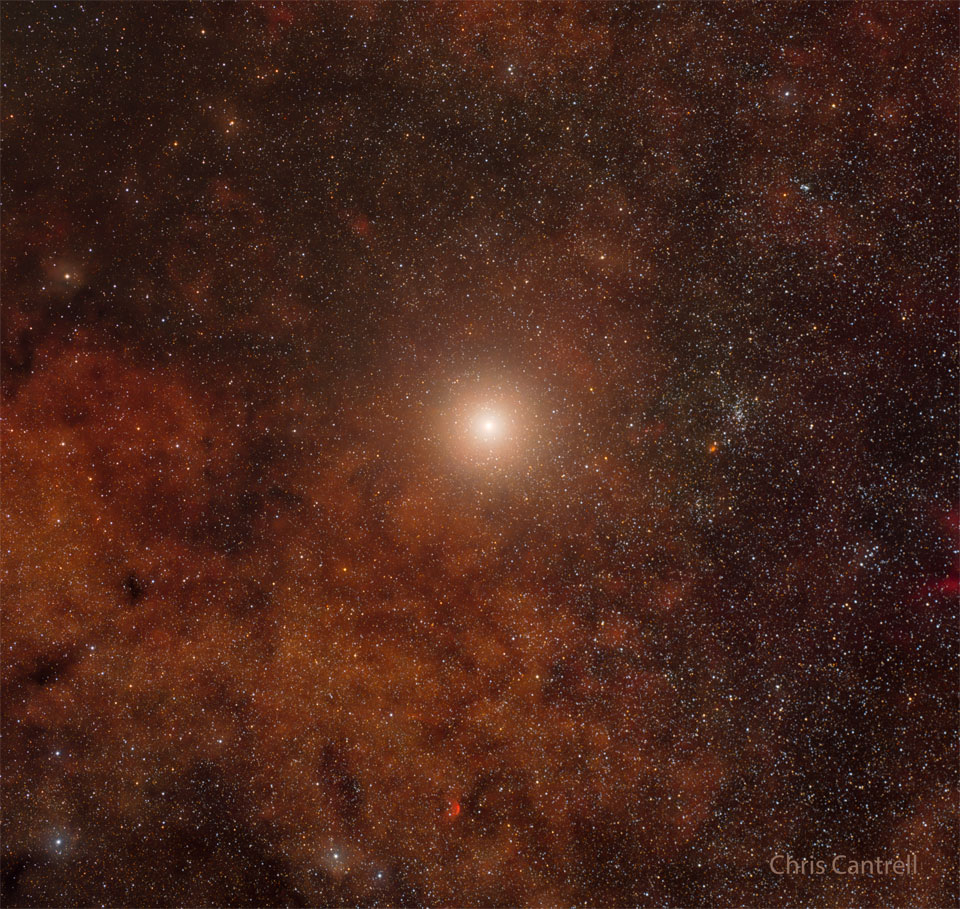2025 January 3
Image Credit & Copyright: Josh Dury
Explanation: Eclipses tend to come in pairs. Twice a year, during an eclipse season that lasts about 34 days, Sun, Moon, and Earth can nearly align. Then the full and new phases of the Moon, separated by just over 14 days, create a lunar and a solar eclipse. But only rarely is the alignment at both new moon and full moon phases during a single eclipse season close enough to produce a pair with both total (or a total and an annular) lunar and solar eclipses. More often, partial eclipses are part of any eclipse season. In fact, the last eclipse season of 2024 produced this fortnight-separated eclipse pair: a partial lunar eclipse on 18 September and an annular solar eclipse on 2 October. The time-lapse composite images were captured from Somerset, UK (left) and Rapa Nui planet Earth. The 2025 eclipse seasons will see a total lunar eclipse on 14 March paired with a partial solar eclipse on 29 March, and a total lunar eclipse on 8 September followed by a partial solar eclipse on 21 September.








